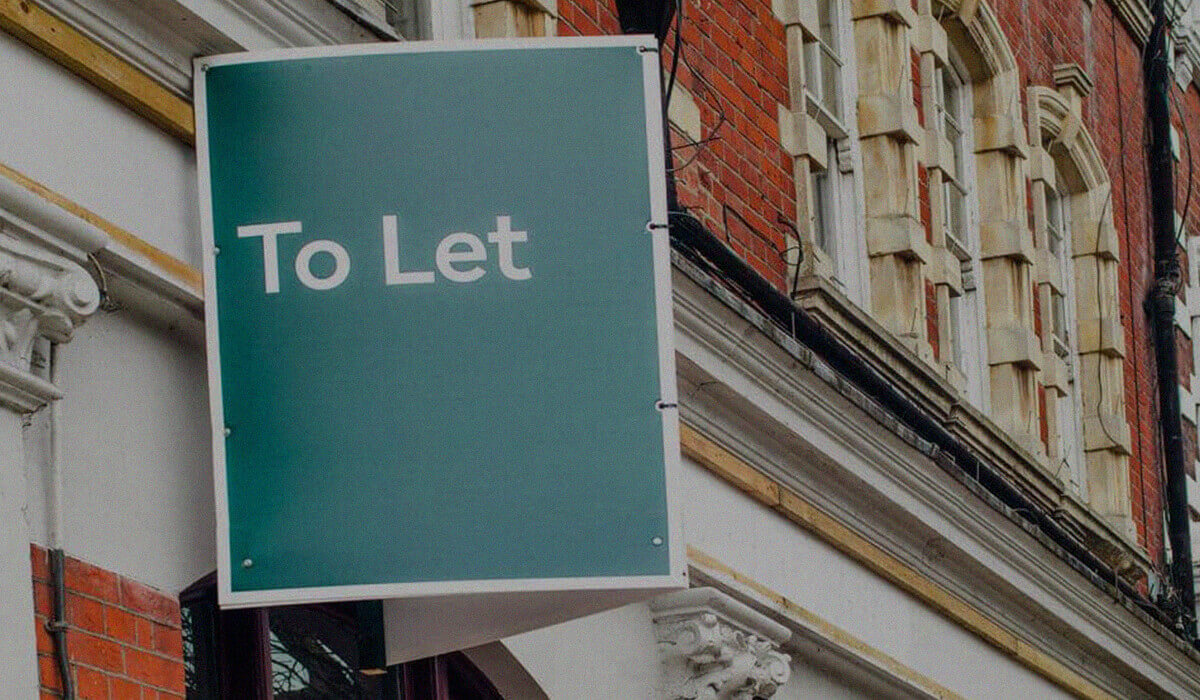Property has long been a resilient investment asset, and the growth we have seen over the past year is not only encouraging more investors to build upon their existing portfolios, but it is also attracting more first-time property investors to the market.
Although a Buy-to-Let investment contains many moving parts, it’s unique in its ability to deliver two separate income streams. When you consider that this can translate to both short-term returns and broader growth over the long-term, it’s easy to see why it’s a popular asset.
But, between researching, financing and all the other caveats that come with the asset, entering the Buy-to-Let market can still be a daunting prospect. To make this process more manageable, SevenCapital, a leading UK property developer, discusses five steps to your first property investment:
Set Your Short- and Long-Term Goals
The first step for any investor is to establish both short- and long-term goals. While this step may seem obvious, it’s often surprising how many investors take the plunge without a specific milestone in mind. ‘Making money’ may be the ultimate goal, but an investment portfolio is often stronger when you have defined your goals early on.
To begin with, you should consider what you’re working towards on a long-term basis, whether this is early retirement or a future investment for your family. Once you have a milestone in mind, you’ll be able to identify the short-term goals that will come along the way, which will serve as a source of motivation throughout your Buy-to-Let investment.
As well as sustaining your momentum, these short-term goals will act as a reminder of the ultimate long-term goal and will give your investment purpose. By having these investment goals in place, it will not only make your entire Buy-to-Let journey much more manageable, but you’ll feel more motivated to reach your goals.
Establish Your Financial Position
Establishing your financial position is often just as – if not more – important than setting your long-term goals. At this step, you’ll be able to clarify your budget and subsequently, choose the right finance option for you.
Knowing how much you can afford in terms of deposits and monthly payments will be key in your next steps, informing the decisions you make around location and property. With your first Buy-to-Let property, it’s important not to overstretch your budget, as this could lead to complications further down the line and could limit your next investment.
When deciding on your finance option, you’ll have plenty to consider, especially with the number of Buy-to-Let mortgage products on the market reaching over 2,300 this year. The most common route amongst Buy-to-Let investors is often an interest-only mortgage, as landlords are only required to pay back the interest on their loan every month (which is usually covered by your rental income), as opposed to the loan itself.
However, this does mean that when the mortgage term ends, you’ll be required to pay back the loan. On the other hand, choosing the capital repayment route means that you’ll be working towards eventually owning the property outright. While this does mean paying back both your loan and its interest every month, the entire rental income will be all profit when the mortgage term ends.
A less common route to Buy-to-Let property is cash investment. This one is pretty self-explanatory, but essentially means buying the property outright, meaning all rental income going forward is entirely profit.
If you want to get an initial idea of where to begin and what to expect, the SevenCapital Investment Calculator can offer insights into all things finance, from Stamp Duty savings to potential outgoings. However, it is always best to seek advice from a financial advisor before making your move into the world of property.
Research, Research, Research
Once you know your budget and the property you can afford, you’ll need to begin your research. This stage will likely consume the most time throughout the entire process, as you’ll not only need to explore different locations, but you’ll need to decide on a property type.
Knowing your budget will often guide these decisions, especially when it comes to property types. The type of property you invest in will also depend on your long-term goals, but you’ll likely be choosing between apartments and houses. It’s crucial you carry out thorough research at this stage, as these property types not only vary in price but have different strengths and weaknesses when it comes to building rental yields and capital growth.
For example, the average rental yield for a one-bed house in the UK currently sits at 3.15%, while apartments are averaging nearly 4.80%. Rental yields are an important metric for investors, and determine how much you stand to make on a Buy-to-Let property by comparing your monthly rent against the overall value of the property. Rental yields represent one of two major income streams aligned with the asset class and can be useful for getting a baseline on short-term returns and affordability.
In addition to rental yields, capital growth is also important to consider. Regardless of whether you have a specific holding period in mind, you’ll want to choose a property that also has the potential for price growth. This offers flexibility, giving you the option of selling for profit or passing on the asset to family with the opportunity for even further growth.
While a house in the UK averages price growth of 245% over 20 years, apartments are far surpassing this at 256%, giving you better returns on both a short- and long-term basis.
Locations will naturally form part of this research, as different areas in the UK vary significantly for average rental yields. Although the average rental yield currently sits at 3.53%, the Midlands is reaching as high as 3.80%, while you can expect rental yields of up to 4.54% in Scotland. When combined with the differences between houses and apartments, the subsequent impact on a property portfolio can be huge, emphasising the importance of striking the perfect balance of location and property type.
Invest!
By this point, you’ll have your finances in order, and will know where you want to invest and in which property type, so there’s only one thing left to do – invest. This is usually easier said than done, and often invites a lot of unexpected questions.
You have several options when buying an investment property – from going directly to the developer to property auctions and estate agents, all of which come with their own considerations. If you’re looking to become a hands-off landlord, you’ll probably want to steer clear of property auctions, as these usually require a lot of reconstruction and aren’t typically ‘ready-made’ investments.
If you’re looking for a Buy-to-Let property with an immediate passive income, going straight to a developer or estate agent often works better. If you choose to go down the estate agent route, you’ll have a variety of properties to choose from and can even draw upon their professional opinions throughout the process.
However, the chances are this Buy-to-Let property will have been lived in, so be sure to book your viewing before investing. Unlike the estate agent route, going directly to a developer can provide you with a brand-new apartment fitted with the latest fixtures and appliances. Not only can this guarantee a high-quality build, but some developers, such as SevenCapital, also offer aftercare services for your tenant.
Maintain and Scale
Once you’ve invested in your first Buy-to-Let property, the final step will be to maintain and scale your portfolio. There are a lot of responsibilities that come with being a landlord and if you choose to be hands-on throughout this process, you’ll need to ensure the property is well-maintained and tenanted, as well as seeing to any emergencies along the way.
At this point, you’ll have your passive income and you’ll be working towards reaching your long-term goal but to accelerate this, you should consider scaling your portfolio with additional properties. Diversity is the key to any successful investment portfolio, but is crucial to a property empire, as it reduces the impact of any fluctuations in the market and potential void periods.
Diversification can be achieved through a variety of avenues, from investing in a combination of property types, to having properties in multiple locations and purchasing at different price points. Whether you choose a single route or a combination of two or three, you’ll not only appeal to a broader range of tenants, but you’ll also have multiple streams of passive income to make your long-term goal more achievable.
It’s no secret that property investment brings with it many challenges, but the opportunities that come with this asset more than compensate, offering the potential for competitive rental yields in the short-term and promising capital growth over the long-term. While taking the plunge can initially be fairly overwhelming, by following these five steps and using trusted financial advisors, property investment can be a potentially lucrative investment asset.
SevenCapital is a leading UK property investment and development company. Combining deep expertise with an unrivalled track record, SevenCapital is recognised internationally for its end to end property services.
A Partnership Post from SevenCapital.
To be alerted when we post our next blog, please subscribe below:
[contact-form-7 id=”3486″ title=”Subscribe to receive blog updates by email”]




